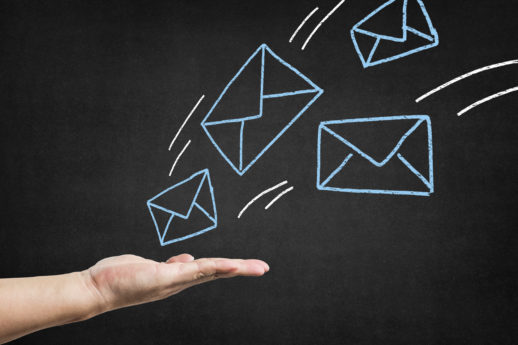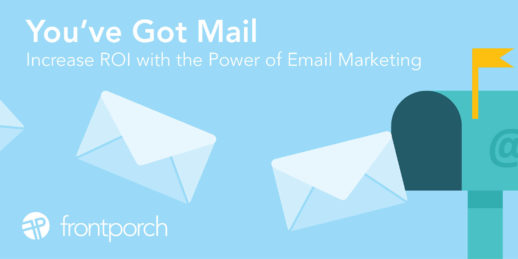Nonprofits work hard for little money and recognition. With few resources, you’re doing the best you can. But don’t think for a second that just because your organization is a nonprofit that you can’t have great marketing.
Remember, nonprofit is a tax status, not a case for support. Being a nonprofit alone is not a reason for anyone to give. Nonprofits must tell the public about the good they are doing and how people can help.
Here are 5 common nonprofit marketing mistakes and how to fix them:

Mistake #1: Not Participating in Social Media
The point of social media is to be social. Too many nonprofits post only about themselves, follow only a few accounts, do not respond to comments, and ask without giving in return.
This is the equivalent of meeting someone at a party who only talks about themselves, talks your ear off for 20 minutes, and then asks for $50.
Don’t be that guy.
Here is a good rule of thumb to remember when it comes to social content:
- A third of your social content should promote your organization, converts readers and generates donations.
- Devote a third of your social content to sharing ideas and stories from thought leaders in your industry or like-minded organizations.
- A third of your social content should be fun stuff to show that there are human beings behind your social media handles.
Mistake #2: Forgetting Who Your Audience Is
Too often, organizations market to themselves. They only consider what appeals to them and not their supporters. Step outside of your perspective and think long and hard about your audience.
Are your supporters older, younger, parents, young professionals? Are they more likely to respond to digital appeals or direct mail? What do they care about the most – saving time, professional development, kids, the environment, education, social issues? Put yourself in your supporters’ shoes.
Mistake #3: Brand Inconsistency
A consistent brand is a strong brand. Brand consistency builds trust and increases loyalty.
Stretched logos, incorrect brand colors, spelling errors, pixelated photos – if they happen once or twice, it’s a simple mistake. If they happen all the time, it makes your organization look homespun at best, or unprofessional worst. And that can erode trust.
Mistake #4: Too Much Text
As they say, a picture is worth a thousand words. And a thousand words alone is, well, not something anyone wants to read.
Your supporters lead busy lives. Take a closer look at your content and figure out where you can tighten your copy.
Mistake #5: Boring Photography
Scott Kirkwood, former editor-in-chief at the National Parks Conservation Association magazine, put it best in a HOW Magazine article:
“…if you helped the nearest national park receive money for a new building, don’t show a photo of that building – it’s a building. Think about how that building will change the life of a visitor. Will the park be able to offer more bird-watching programs as a result? Great. Show a photo of a bird.”
Don’t think that just because your organization is a nonprofit that you can’t afford great photography. The latest smart phones can take great pictures and with a few tutorials, you could be well on your way to taking great photos.
Show photos of the people, animals, environments, etc. helped by your programs.
Show, don’t tell.

You’re trying to do good on a shoestring budget and a skeleton staff. We get it. Its understandable if this seems overwhelming. Great marketing is a constantly moving target that poses a challenge for many organizations.
If you want to talk about your organization’s marketing challenges, give us a call.
We love a challenge.










